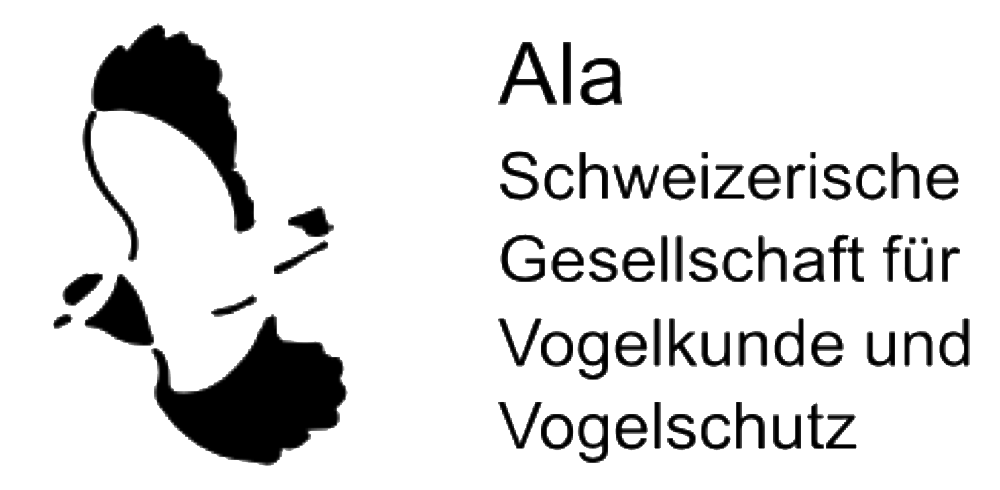Artikel-Suche
einfache Suche | erweiterte Suche
Autor(en)
Michael Härdi
Titel
Entwicklung ausgewählter Vogelarten des offenen Kulturlands im oberen Reiat (Kanton Schaffhausen) von 1986 bis 2020.
Jahr
2023
Band
120
Seiten
48–63
Key words
(von 1994 bis 2006 vergeben)
(von 1994 bis 2006 vergeben)
Schlagwort_Inhalt
Bestandsveränderung, Lebensraumnutzung
Schlagwort_Vogelart
(wissenschaftlich)
(wissenschaftlich)
Coturnix coturnix, Alauda arvensis, Lullula arborea, Phoenicurus phoenicurus, Anthus trivialis, Lanius collurio, Chloris chloris, Carduelis carduelis, Linaria cannabina, Emberiza citrinella
Schlagwort_Vogelart
(deutsch)
(deutsch)
Wachtel, Feldlerche, Heidelerche, Gartenrotschwanz, Baumpieper, Neuntöter, Grünfink, Stieglitz, Bluthänfling, Goldammer
Schlagwort_Geogr.
Schaffhausen, Reiat
Sprache
deutsch
Artikeltyp
Abhandlung
Abstract
Trends in selected bird species in the open cultivated landscape of Oberer Reiat (canton of Schaffhausen) from 1986 to 2020 – During population monitorings in the years 1986–1988, 2017–2018, and 2020, ten bird species of the open cultivated landscape were recorded: Quail Coturnix
coturnix, Skylark Alauda arvensis, Woodlark Lullula arborea, Common Redstart Phoenicurus phoenicurus, Tree Pipit Anthus trivialis, Red-backed Shrike Lanius collurio, European Greenfinch Chloris chloris, European Goldfinch Carduelis carduelis, Linnet Linaria cannabina and Yellowhammer Emberiza citrinella. From 1986 to 2018, the Skylark population dropped by 70%, and similar population decreases were found in Tree Pipit and Yellowhammer, with -84% and -56%, respectively. During the time period monitored in this study, land usage patterns changed with a remarkable increase in parcel size. The expansion of settlement areas came at the expense of habitats formerly populated by Skylarks. I analysed habitat use of Skylarks, Tree Pipits, and Yellowhammers, and found all three species to be closely linked to grassy tracks as well as marl tracks. While skylarks seem to have preferred areas with farmland and meadows in the 1980s, in 2018 and 2020, they were associated almost exclusively with farmland. In the 1980s, young stands had a positive impact on the population of Yellowhammers.
Attachment as PDF / Anhang als PDF
Attachment as PDF / Anhang als PDF
PDF Dokument (öffentlich)
PDF Dokument (registrierte Mitglieder)












